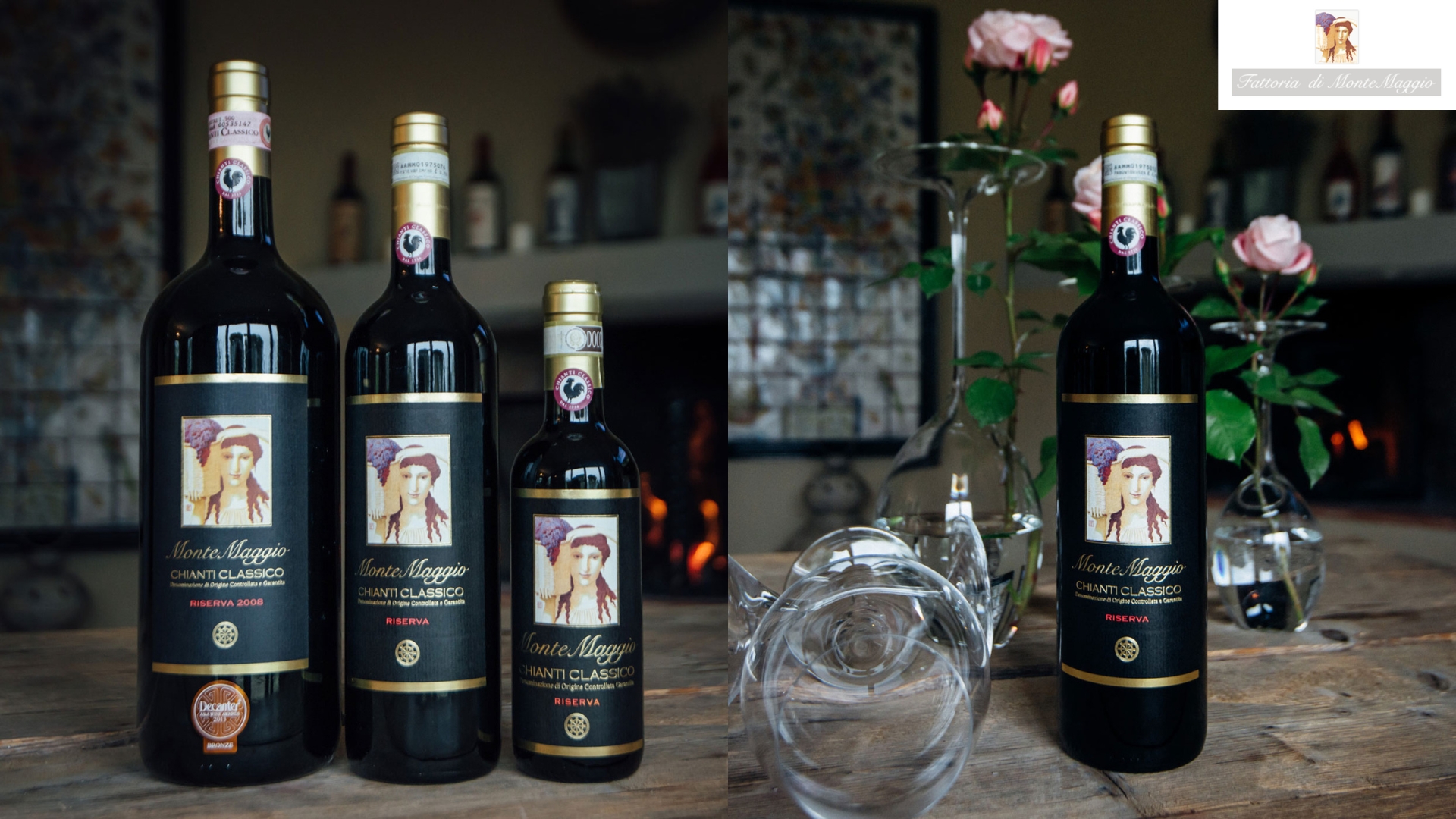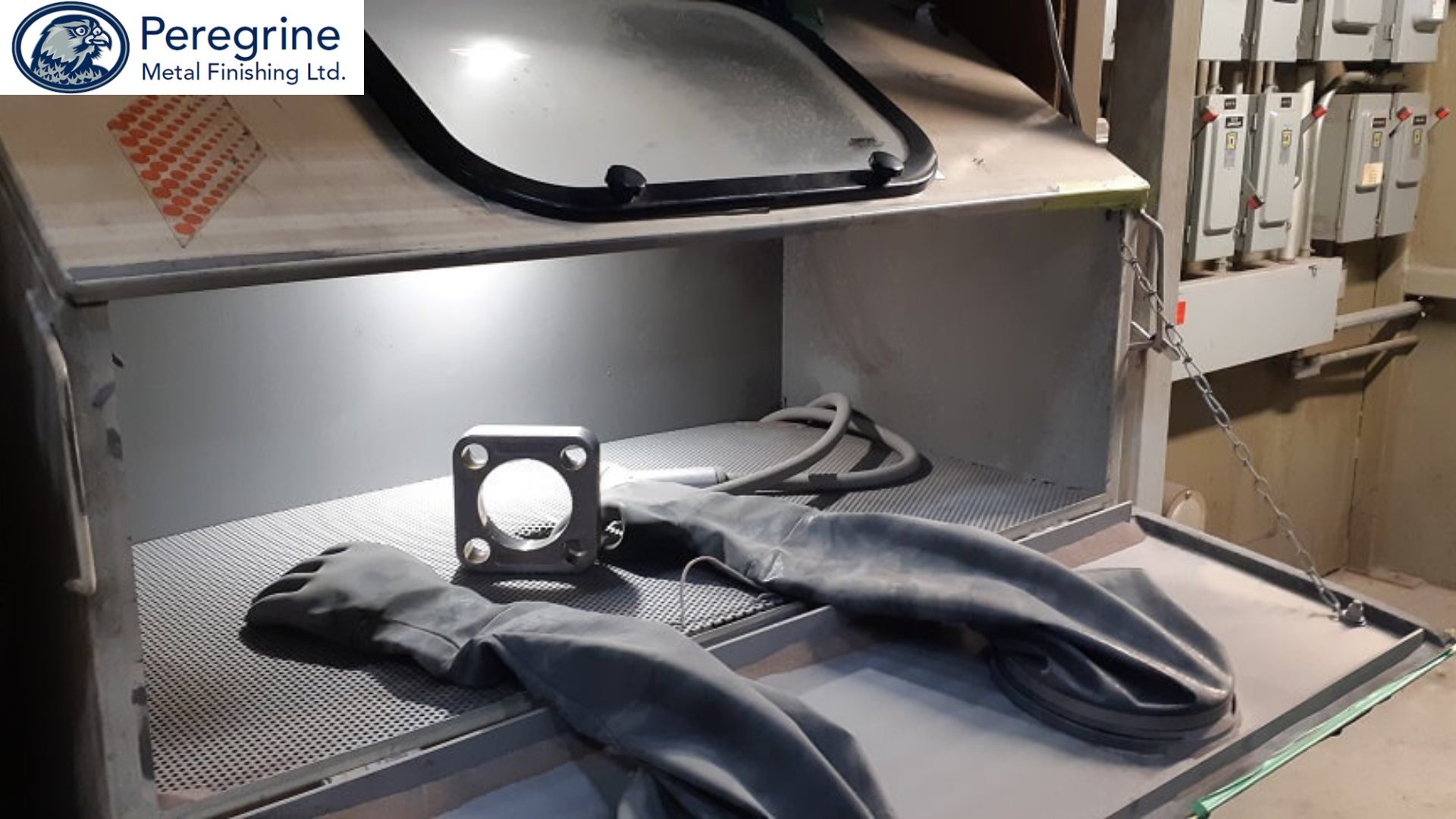Common Myths About Chianti Wine Debunked

Strong 8k brings an ultra-HD IPTV experience to your living room and your pocket.
Chianti is a classic Italian wine, known for its deep red colour, historic background, and great taste. It is produced in a region of Tuscany. Chianti reigns semi-supreme on tables all over the world. But with its popularity comes many myths. So, here in this blog, we will debunk some of these myths and help you to understand what Chianti really tastes like.
Myth 1: All Chianti Wines Come in a Straw Basket
For many, Chianti comes in a round bottle called a fiasco, which is covered in straw. While the straw-covered fiasco used to be incredibly common, it is no longer standard. The fiasco was originally utilised as a protective measure when transporting the thin glass bottles, but nowadays, that packaging is no longer necessary. So, if you see a Chianti and there is no straw basket, there is nothing to worry about; it is still Chianti, usually of higher quality.
Myth 2: Chianti Is a Cheap Table Wine
It is one of the most harmful myths. While Chianti was once mass-produced and cheap, the region has completely transformed its image over the past few decades. Many producers now focus on quality, and Chianti wines can range from affordable to premium. The Chianti Classico region, in particular, is known for its strict regulations and high standards. Wines from this area are rich, complex, and age beautifully. So the next time you’re at a Chianti tasting, remember that you’re experiencing a wine with history, elegance, and craftsmanship.
Myth 3: Chianti Is Always Super Dry and Tart
Another stereotype is that Chianti is always dry, acidic, or bitter. While Chianti does have natural acidity, which is why it goes so well with food, it certainly is not one-dimensional. The Chianti flavour can be varied by where it comes from, how it is fermented, and the blend of grapes used. Many offer a cherry brightness, mellow tannins, earthy soil tones, and hints of spice, herbs, or vanilla. With a little venture, you can discover a style that suits your taste.
Myth 4: Chianti Is Only Made from One Grape
Chianti is easily associated with Sangiovese grapes, and correctly, Chianti must have at least 70% (80% in Classico) Sangiovese to be called Chianti. But Chianti is not made from Sangiovese alone; it can have other local or international grapes in the blend like Canaiolo, Colorino, Cabernet Sauvignon, or Merlot. And that blend gives the winemaker flexibility in complexity or balance with either grape. Hence, if you experience some subtle variations in flavour from bottle to bottle, it is likely that the winemaker had a hand in balancing the blend.
Myth 5: Chianti Doesn’t Age Well
Some people think Chianti is better enjoyed young. But it is true for a few bottles only. Higher-tier Chianti wines like Chianti Classico Riserva are aged longer and are built to last. With time, these wines gain more depth, softness and character.
Myth 6: Chianti Only Pairs with Italian Food
Chianti goes well with pasta, pizza, and tomato-based dishes. But it’s not just for eating Italian. Since it is acidic and has some tannin, Chianti is a great food wine. Consider grilled meats, roast chicken, aged cheeses, and spicy dishes. Chianti has the structure to stand up to bold flavors, so it’s a great pairing for everything.
Conclusion
Chianti is so much more than old bottles and boring reds. It's a wine with history, variance, and depth. Whether you're familiar with wine or are new to tastings, exploring Chianti could awaken a myriad of flavours and styles. Don't let outdated myths keep you from experiencing the true Chianti taste value, one glass at a time.
Note: IndiBlogHub features both user-submitted and editorial content. We do not verify third-party contributions. Read our Disclaimer and Privacy Policyfor details.







